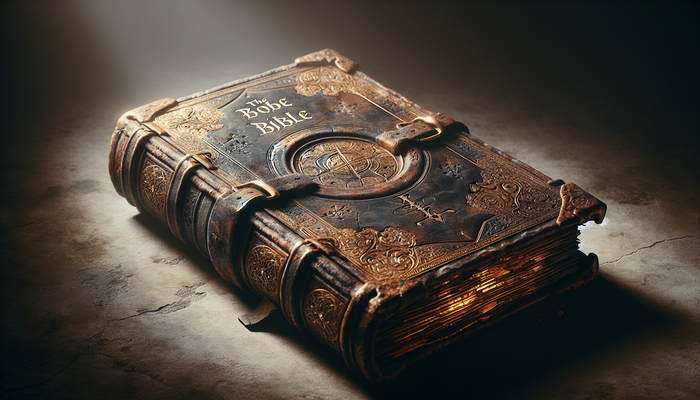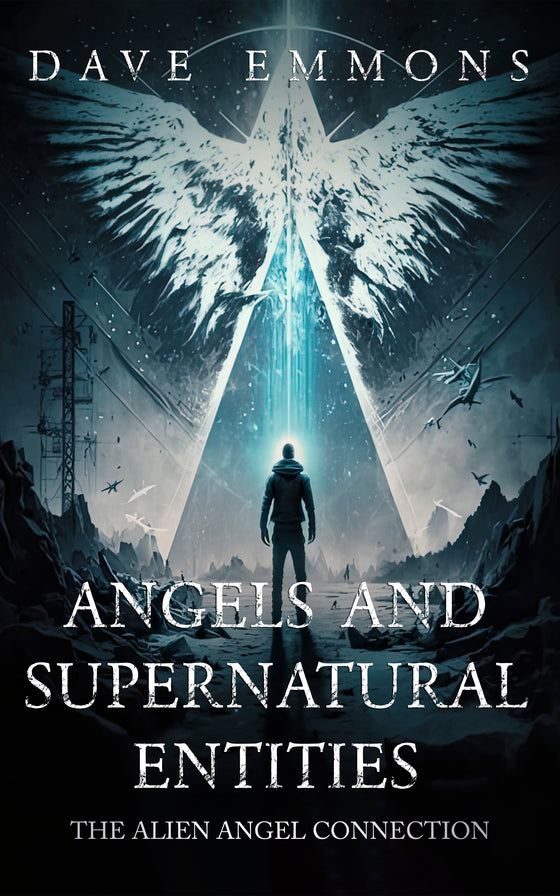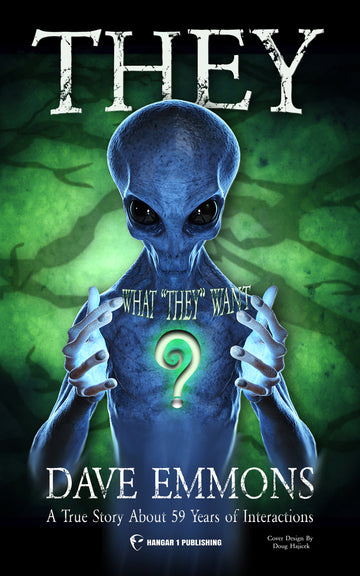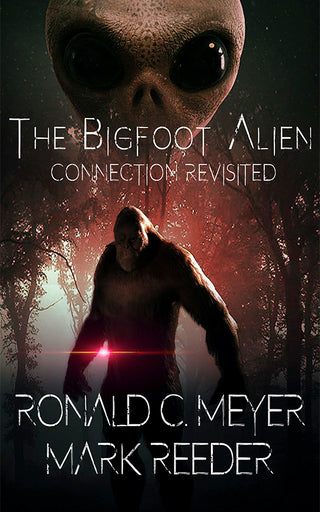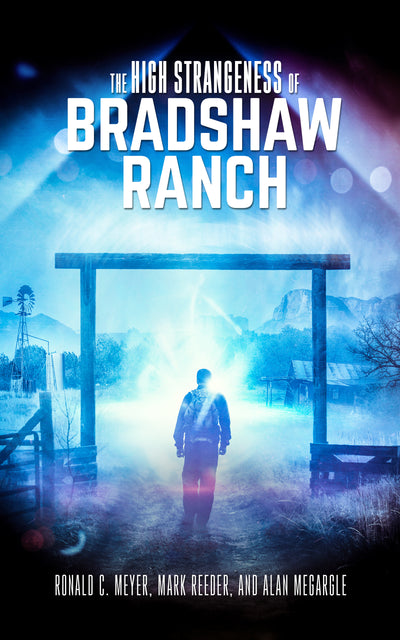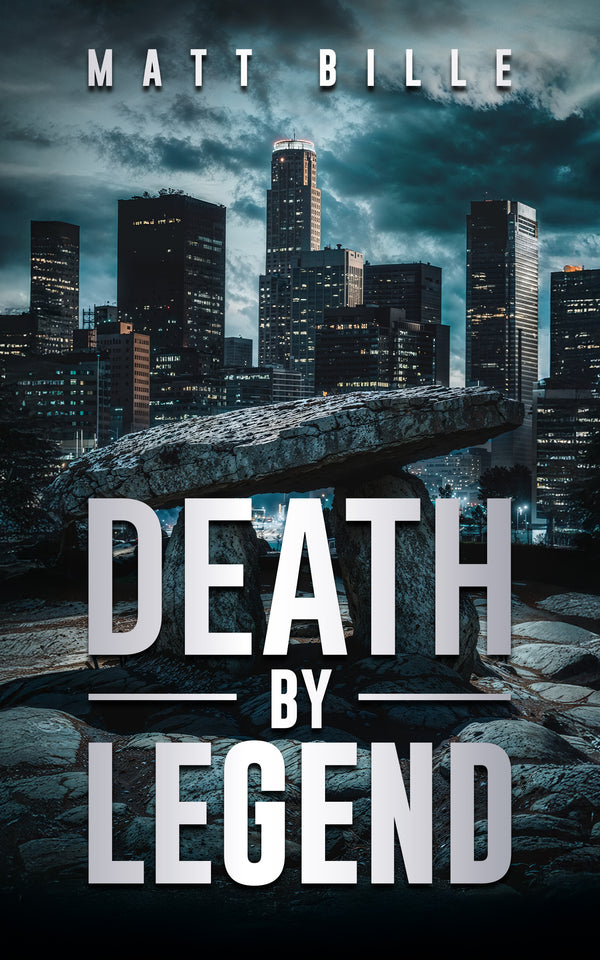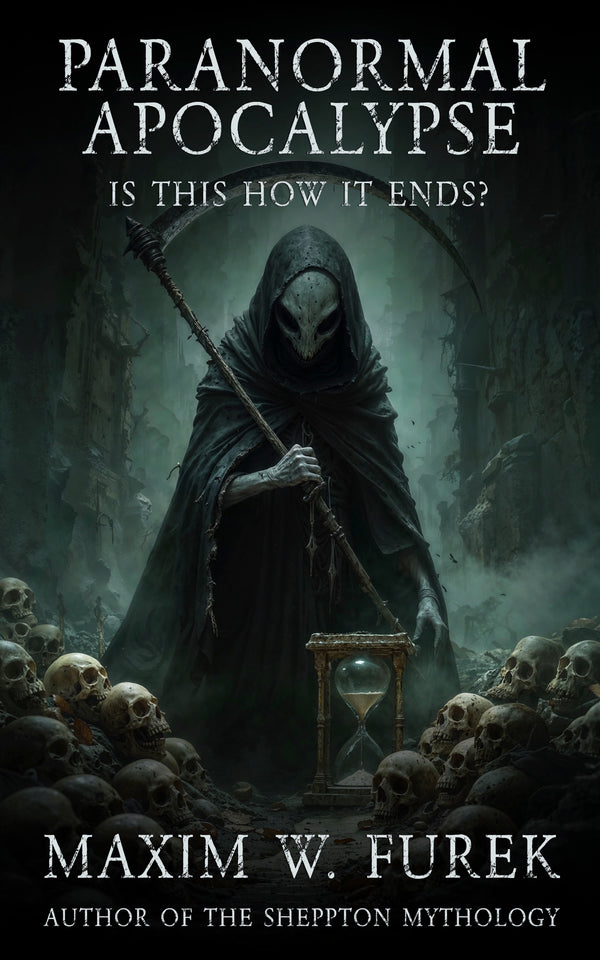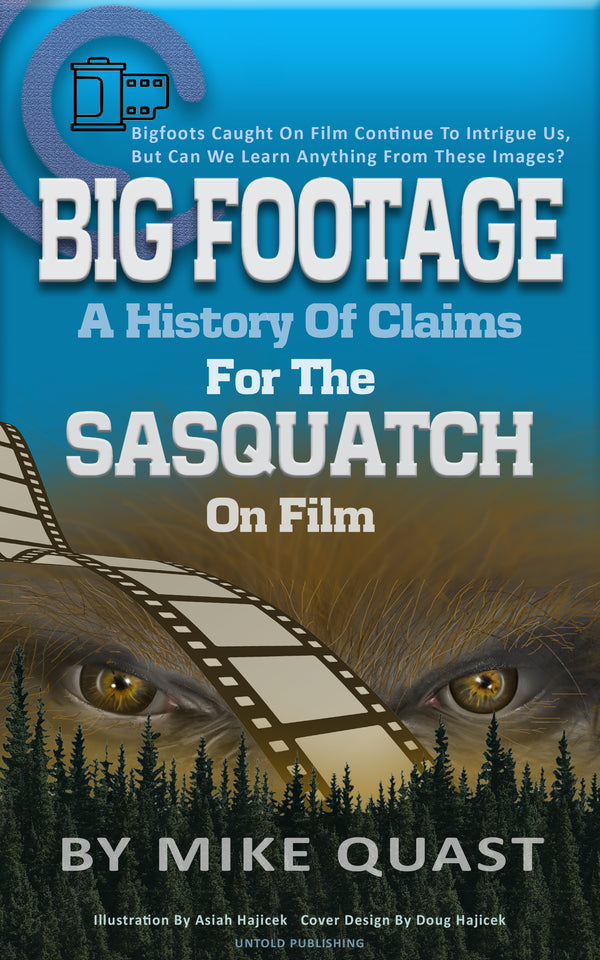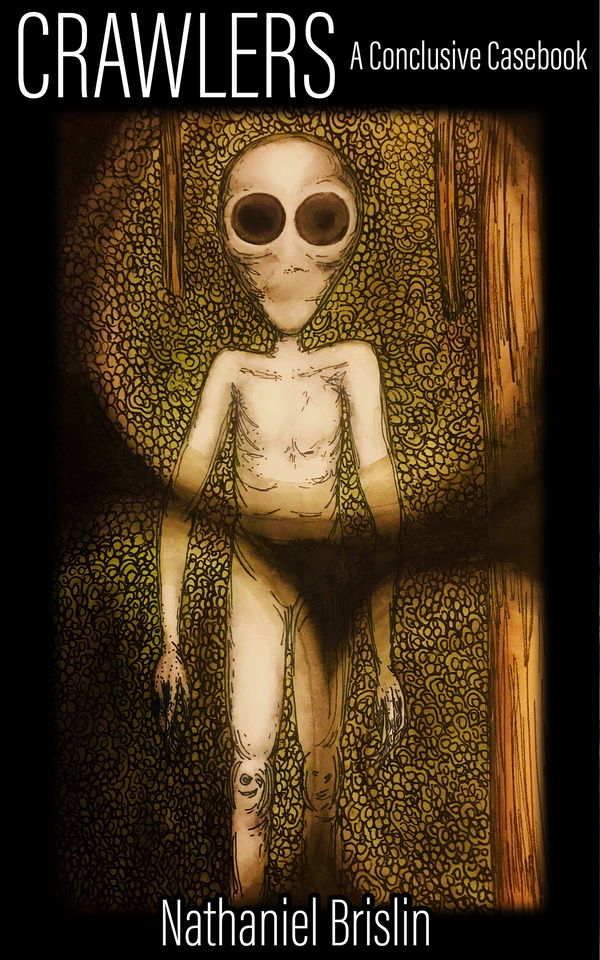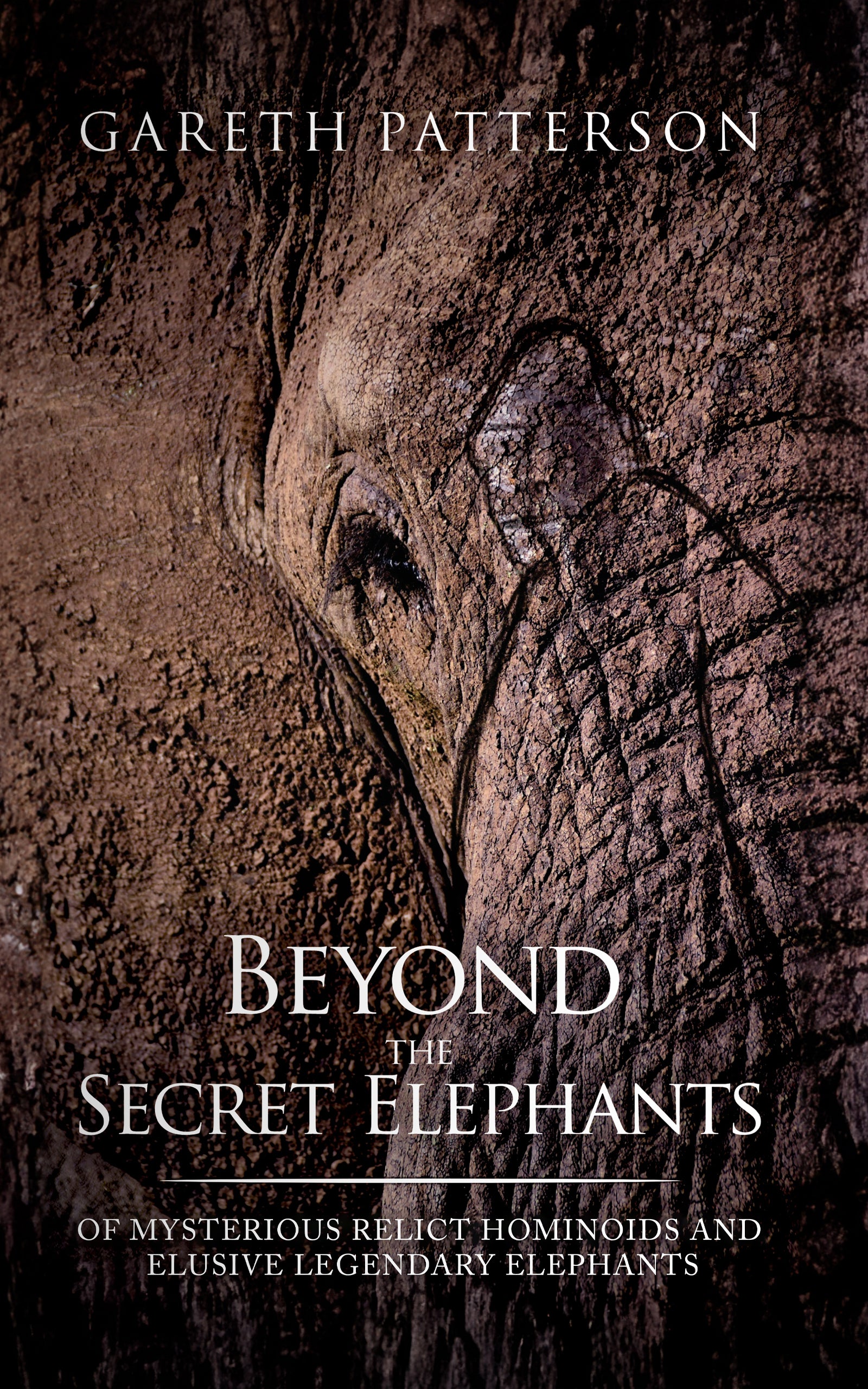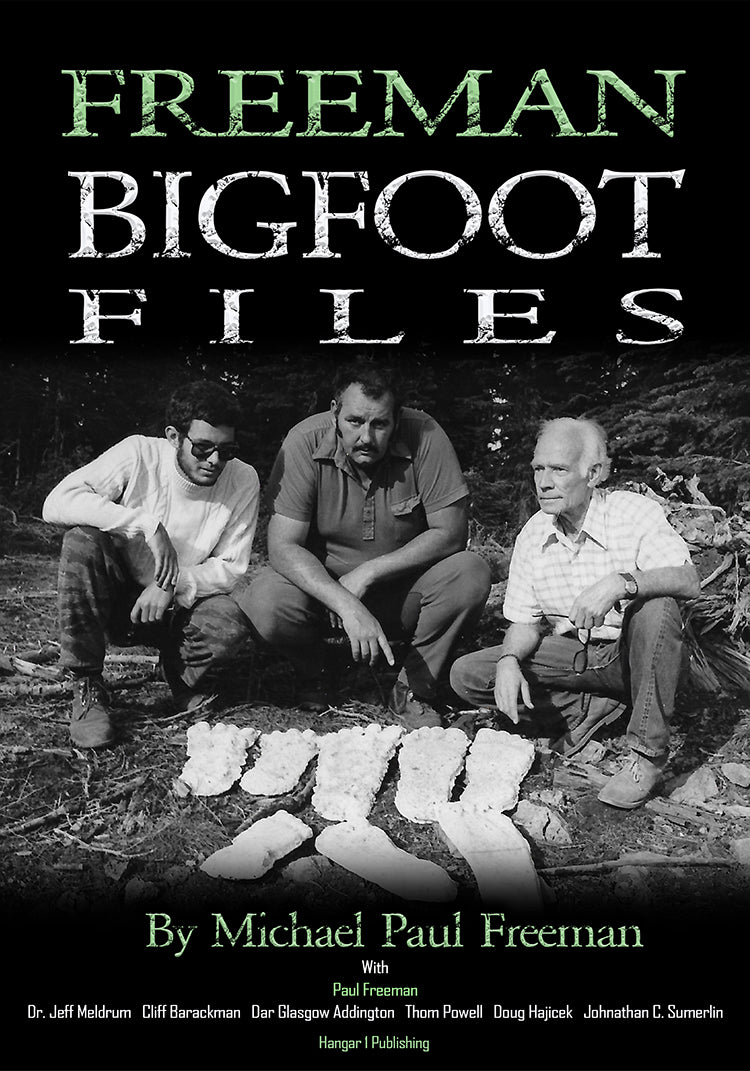The Aztec UFO Incident: Hoax, Cover-Up, or Both?

By Vanessa Torres, Ufologist
I've spent two decades chasing UFO stories across the American Southwest, and few cases frustrate me quite like the Aztec incident. It's the ufological equivalent of a trick candle on a birthday cake: no matter how many times you blow it out, it keeps flickering back to life.
On March 25, 1948, a nearly 100-foot flying saucer allegedly crashed near Aztec, New Mexico, spilling sixteen small humanoid bodies across a lonely mesa. The U.S. military swept in, recovered everything, and buried the truth. Or so the story goes.
Here's what makes Aztec maddening: the original tale was exposed as a deliberate hoax orchestrated by two convicted con men. Yet seven decades later, researchers are still arguing that the hoax itself was the cover-up. After digging through court records, FBI files, and stacks of research, I want to walk you through what we actually know.
How a Hollywood Columnist Launched a UFO Legend
The Aztec story owes its existence to Frank Scully, a Variety magazine columnist who didn't realize he was being played. In 1949, Scully began writing about crashed flying saucers in his columns, claiming inside information from a mysterious scientist he called "Dr. Gee" and a wealthy oilman named Silas Newton.
By 1950, Scully had expanded these claims into Behind the Flying Saucers, a bestseller that became one of the first major crashed-saucer books in American publishing. The details he presented were spectacular.
The Craft According to Scully
The saucer measured precisely 99.99 feet in diameter, constructed from a seamless metal that couldn't be melted at 10,000 degrees yet was light enough for a few men to lift. Its dimensions were all divisible by nine. Entry came only when investigators pushed a button through a broken porthole, revealing a hidden door.
The Occupants
Inside lay sixteen humanoid bodies, ranging from 36 to 42 inches tall, charred to a dark brown. Scully's sources speculated they came from Venus and died when air rushed through the damaged porthole.
The craft supposedly operated on "magnetic lines of force," contained gears with unfamiliar ratios, and held booklets written in pictorial script. The military, according to Scully, dismantled everything and shipped it to Wright Field.
I've read plenty of crash retrieval accounts over the years. This one had all the ingredients that would become standard: advanced materials, small bodies, government secrecy. Scully wasn't just reporting a UFO story; he was writing the template for crash mythology.
The Exposé That Should Have Killed the Story
Three years after Scully's book hit shelves, reporter J.P. Cahn of the San Francisco Chronicle did something surprisingly rare in early UFO journalism: actual investigative work.
Cahn's September 1952 exposé in True magazine traced the entire Aztec narrative back to two men with a very specific agenda. "Dr. Gee" turned out to be Leo A. Gebauer, and his partner Silas Newton wasn't just sharing flying saucer stories for kicks. They were running a con game.
The Doodlebug Scam
Newton and Gebauer were selling "doodlebugs," devices they claimed could locate oil, gas, and gold deposits using technology reverse-engineered from crashed alien spacecraft. The crashed saucer story wasn't just a tall tale; it was marketing material for their fraudulent gadgets.
Cahn pulled off a clever sting. When Newton offered a piece of "indestructible" alien metal as proof, Cahn used a magician's sleight of hand to switch it with a sample of his own. Laboratory analysis revealed the "alien" material was standard-grade aluminum, the kind used in pots and pans.
The Courtroom Verdict
The sting's aftermath proved even more damaging. Victims of Newton and Gebauer's schemes came forward, including wealthy Denver investor Herman Flader. In November 1953, both men were convicted of fraud in Denver court.
A key piece of evidence? Their $18,500 "tuner" device was identical to surplus radio equipment that cost $3.50. Cahn's follow-up article in 1956 reported the pair had netted almost $400,000 from their scams. That's over $4 million in today's money.
Gebauer alone has an FBI file 398 pages long. These weren't whistleblowers or misunderstood scientists. They were professional grifters who saw the flying saucer craze as an opportunity.
What the FBI Files Actually Say
You'll sometimes see UFO proponents wave around FBI documents as proof of Aztec's reality. I've gone through these files. They don't say what people think they say.
The FBI Vault contains extensive records on Silas Newton documenting investigations into his fraudulent activities from 1951 to 1970. The government's interest wasn't in covering up alien contact. It was in prosecuting a con man.
The Famous Hottel Memo
The most frequently cited document is the "Hottel Memo" from March 22, 1950, which describes three recovered saucers and 3-foot-tall bodies in New Mexico. UFO enthusiasts love this memo. The FBI has been remarkably clear about what it represents: a second- or third-hand account of a story that traced back to Silas Newton's hoax.
The bureau logged it but never investigated because the source was already known to be unreliable. The memo doesn't corroborate a crash retrieval; it documents how far Newton's story had spread through rumor networks.
The Troubling Silence of 1948
Here's the detail that bothers me most about Aztec, the one that separates it from cases I find more credible.
When I investigate a historical UFO claim, the first thing I look for is contemporaneous documentation. Did anyone write about it when it happened? For Roswell in 1947, we have the famous Roswell Daily Record headline: "RAAF Captures Flying Saucer." The story was immediately reported, even if later retracted.
For Aztec? Complete silence. Researchers have combed through regional newspapers from March and April 1948, including the Farmington Daily Times and the Aztec Independent Review. No crashed object. No unusual military activity. No roadblocks. Nothing.
A 100-foot saucer crashes in a region with active oil operations, and nobody notices for two years until a Hollywood columnist starts publishing stories he heard from oilfield grifters? That's not how crash retrievals work. That's how hoaxes work.
The Revival That Won't Die
After Cahn's exposé and the fraud convictions, no serious UFO researcher would touch Aztec for three decades. The case was radioactive, a cautionary tale about source credibility.
Then William Steinman published UFO Crash at Aztec in 1986, attempting to rehabilitate the story. The book got limited attention, but it planted a seed.
The Ramseys' Three-Decade Investigation
The most determined modern proponents are Scott and Suzanne Ramsey, who along with Dr. Frank Thayer published The Aztec UFO Incident in 2012 and revised it in 2016. Their central claim is provocative: the Newton-Gebauer hoax wasn't the origin of the story but a government-engineered disinformation campaign designed to discredit a real crash retrieval.
The Ramseys say they've spent over 30 years and $500,000 on their investigation, archiving 55,000 documents and conducting numerous witness interviews. Their 625-page book represents the most thorough attempt to legitimize the Aztec narrative.
I respect the investment, but I have to be honest about what critics have observed. Jerome Clark, reviewing their book for Kevin Randle's blog, described it as "littered with bad logic and tons and tons of 2nd hand information." The witnesses the Ramseys present are providing testimony decades after the alleged event, which raises serious questions about memory reliability.
The "Hoax as Cover-Up" Problem
The Ramseys' theory requires believing that the government identified Newton and Gebauer as useful idiots, allowed them to spread a true story as if it were a con, then let them get convicted of fraud to permanently poison the well. It's an elegant conspiracy theory.
But here's my problem: this framework is unfalsifiable. Any evidence of a hoax becomes evidence of a cover-up of the real event. Any lack of evidence becomes proof of how thorough the cover-up was. That's not investigation; that's faith.
The town of Aztec has embraced the story regardless. They held a 50th anniversary celebration in 1998 and host an annual UFO symposium that has drawn attention from researchers across the field.
The Mesa That Doesn't Match the Story
I've looked at the geospatial evidence, and it doesn't help the proponents' case.
The alleged crash site sits in Hart Canyon, about 12 miles northeast of Aztec on Bureau of Land Management land. Modern visitors can find it via Hart Canyon Road, where gas industry vehicles regularly travel. There's even a plaque and a rock formation arranged to look like an alien face, visible from the air.
The site has become part of a mountain biking trail system called "Alien Run." Tourists can get maps from the Aztec visitor center.
But here's the issue: analysis of USGS topographic maps shows the mesa top identified as the crash site is too small to accommodate an intact 99-foot disc. The terrain doesn't match Scully's description of a controlled landing.
And in 1948, the San Juan Basin was crawling with oilfield workers and ranchers. The idea that a two-week military recovery operation could have occurred unnoticed by the local population strains credibility.
Technical Claims That Defy Physics
Let's talk about the specifications Scully reported, because they reveal something important about the story's origins.
A metal that can't be melted at 10,000°F? No known element or alloy comes close to that. Tungsten, one of the most heat-resistant metals we have, melts around 6,192°F. The claim exists outside known materials science.
A 100-foot rigid disc light enough for two or three men to lift one side? The physics don't work. Mass and structural inertia don't disappear just because a material is strong.
Propulsion via Earth's magnetic lines of force? Maglev technology exists, but it requires a guideway. Flying through atmosphere using planetary magnetic fields isn't supported by any known physics.
These specifications weren't engineering data. They were sales pitches designed to make Newton's alien-technology "doodlebug" seem plausible to investors. The more miraculous the crashed saucer, the more valuable the reverse-engineered gadget.
Aztec vs. Roswell: A Comparison Worth Making
Since both cases come from late-1940s New Mexico and involve alleged crash retrievals, the comparison is instructive.
Roswell had contemporary media coverage. The Roswell Daily Record published its headline in July 1947. The story was immediately reported, then officially explained as a weather balloon. Decades later, we learned the debris was likely from a Project Mogul balloon train, a classified high-altitude surveillance program.
Aztec had zero contemporary coverage. The story didn't exist publicly until Frank Scully's columns in 1949, based entirely on information from men later convicted of fraud.
Roswell involved actual physical debris that was displayed in 1947, even if its nature was misidentified. Aztec's "alien metal" was proven to be aluminum cookware when independently tested.
The Roswell case was debunked through official military reports and investigation. The Aztec case was debunked through criminal prosecution of its originators.
I'm not saying Roswell proves alien visitation. But it represents an actual event, something that happened and was reported contemporaneously, even if we argue about what it was. Aztec lacks that foundation. Its entire evidentiary base traces to two grifters selling worthless equipment.
What Aztec Teaches About UFO Research
After twenty years investigating these cases, I've developed some principles that Aztec reinforces.
Contemporaneous Evidence Matters Most
If something dramatic happened and nobody wrote about it for years, that's a red flag. Real events leave traces. Newspaper reports, police logs, military records, personal diaries. The complete absence of any 1948 documentation for Aztec is damning.
Source Vetting Is Non-Negotiable
Scully trusted Newton and Gebauer because they seemed credible: a wealthy oilman and a mysterious scientist. He didn't investigate their backgrounds. A simple check would have revealed Newton's history of fraudulent schemes. The FBI certainly knew.
Emotional Investment Can Cloud Judgment
I understand why people want Aztec to be real. The story has everything: crashed craft, alien bodies, government secrecy. Letting go of a narrative you've invested in, emotionally or financially, is hard. But wanting something to be true doesn't make it so.
The "Cover-Up of the Hoax" Is Unfalsifiable
When evidence of deception becomes evidence of a deeper cover-up, you've left investigation behind and entered belief. Good research requires hypotheses that can be disproven.
Where I Land on Aztec
I've tried to be fair here. The Ramseys and other modern proponents have put genuine effort into their research. Their books present a case that has captured the interest of a segment of the ufology community and brought tourism dollars to a small New Mexico town.
But I have to follow the evidence, and it points in one direction. The Aztec incident was conceived by two con men to sell fraudulent technology. It was propagated by a columnist who didn't verify his sources. It was exposed by a reporter who did his job. And it was confirmed as fraud by a court of law.
The story has persisted because crashed saucer narratives are compelling, because people distrust official explanations, and because, let's be honest, it's a better story if the government is hiding aliens than if a couple of grifters fooled a Hollywood writer.
I remain committed to investigating UAP claims with rigor and open-mindedness. Some cases I've covered have left me genuinely uncertain. Aztec isn't one of them. The evidence here isn't ambiguous. It's a closed case kept artificially open by hope and commerce.
The truth about our potential contact with non-human intelligence deserves better than this. It deserves cases built on verified facts and credible witnesses, not on the foundation laid by convicted fraudsters. When we chase Aztec, we're not getting closer to that truth. We're running away from it.
From Bigfoot to UFOs: Hangar 1 Publishing Has You Covered!
Explore Untold Stories: Venture into the world of UFOs, cryptids, Bigfoot, and beyond. Every story is a journey into the extraordinary.
Immersive Book Technology: Experience real videos, sights, and sounds within our books. Its not just reading; its an adventure.


